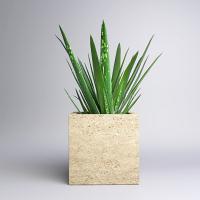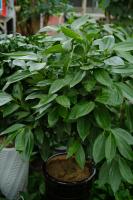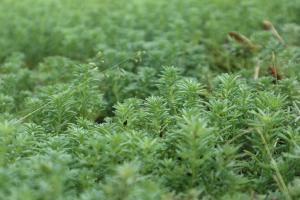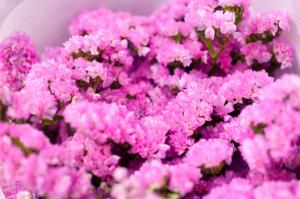Introduction
Snake plants, also known as Sansevieria, are popular houseplants known for their easy care and air-purifying abilities. However, sometimes snake plant leaves may curl and become unsightly. This article will cover some of the potential causes of curled leaves and how to fix the issue to ensure your snake plant stays healthy and beautiful.
Potential Causes of Curled Leaves
There are several reasons why a snake plant's leaves may curl:
1. Overwatering: One of the most common reasons for curled snake plant leaves is overwatering. Snake plants prefer well-draining soil and can easily suffer from root rot if they are watered too frequently. To fix this issue, allow the soil to completely dry out before watering again and make sure the pot has good drainage.
2. Underwatering: On the flip side, underwatering your snake plant can also cause its leaves to curl. Snake plants can tolerate dry conditions but still need to be watered regularly. To fix this issue, water your plant more frequently or move it to a container with better water retention.
3. Temperature and Humidity: Snake plants are known for their hardiness and can tolerate a range of temperatures and humidity levels. However, extreme changes in temperature or humidity can lead to leaf curling. Avoid placing your snake plant in drafty areas or rooms with fluctuating temperatures.
How to Fix Curled Snake Plant Leaves
If your snake plant's leaves are curling, there are a few methods to fix the issue:
1. Adjust Watering Habits: As mentioned earlier, over or under watering can lead to leaf curling. To determine if you are watering your snake plant correctly, check the soil's moisture level by sticking your finger about an inch into the soil. If it feels dry, it's time to water, but if it feels moist, wait a few more days. Make sure to allow the soil to drain and remove excess water from the saucer or tray.
2. Check for Pests: Pests can also cause damage to your snake plant, leading to curled leaves. Check for spider mites or thrips, which are common indoor plant pests. If you spot any, treat with neem oil or insecticidal soap, following package instructions.
3. Adjust the Environment: If your snake plant is experiencing temperature or humidity fluctuations, move it to a more stable location. Avoid placing your plant by an air conditioning unit or heating vent, and keep it out of direct sunlight. You can also increase humidity levels by placing a tray of water near the plant or grouping it with other plants.
Conclusion
In conclusion, a few simple changes can fix curled leaves on your snake plant. By adjusting watering habits, checking for pests, and providing a stable environment, you can ensure your snake plant stays healthy and thriving. Remember, snake plants are resilient and forgiving, making them an excellent choice for beginner and seasoned plant owners alike.

 how many times do yo...
how many times do yo... how many planted tre...
how many planted tre... how many pine trees ...
how many pine trees ... how many pecan trees...
how many pecan trees... how many plants comp...
how many plants comp... how many plants can ...
how many plants can ... how many plants and ...
how many plants and ... how many pepper plan...
how many pepper plan...






























